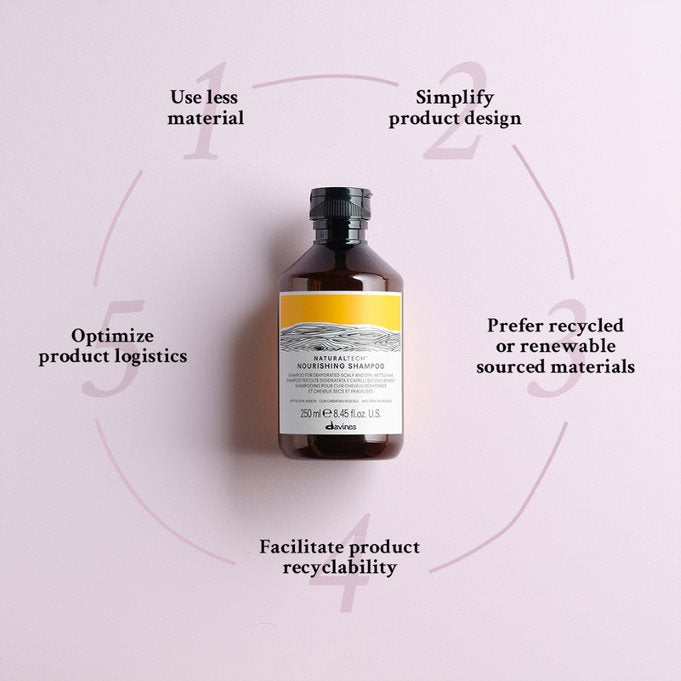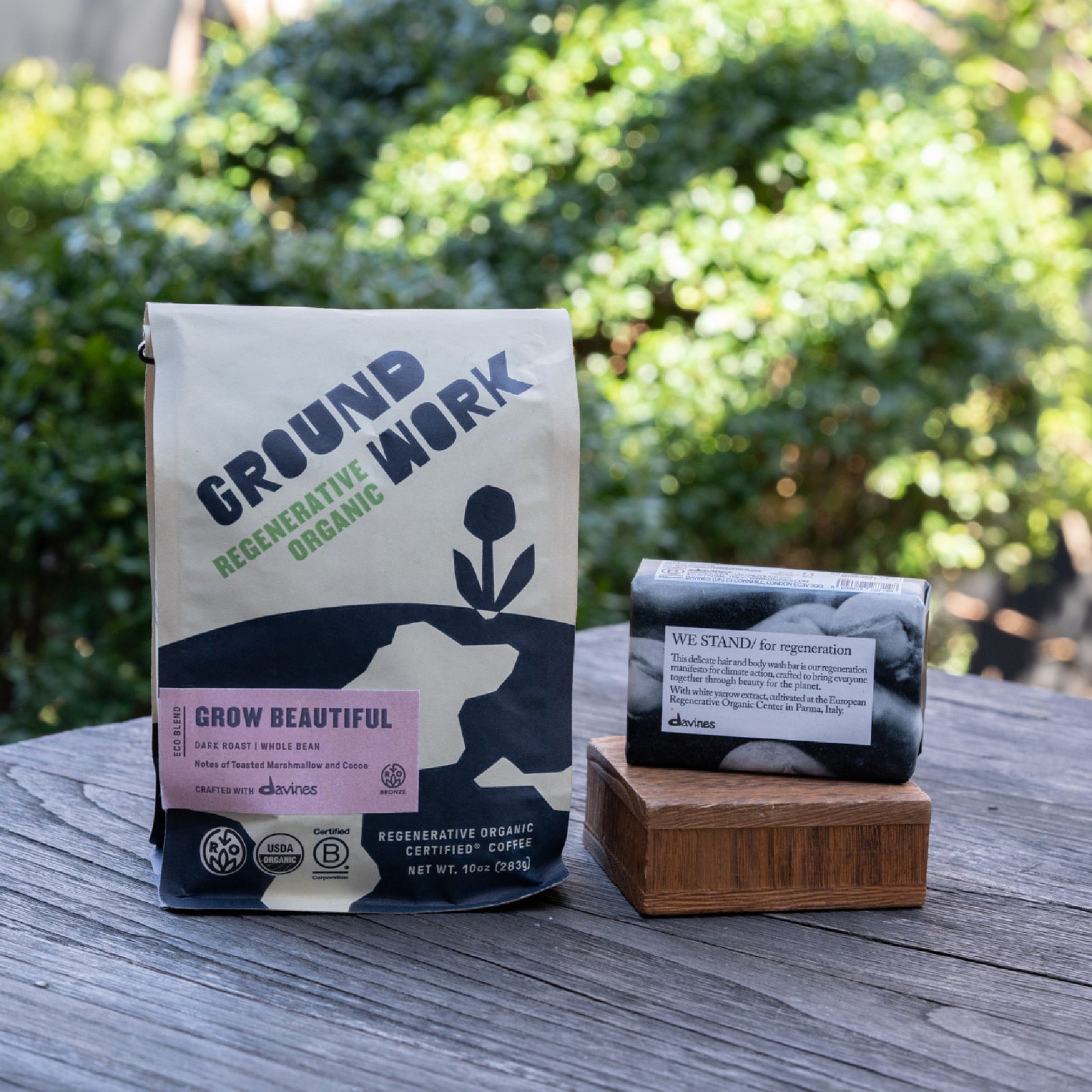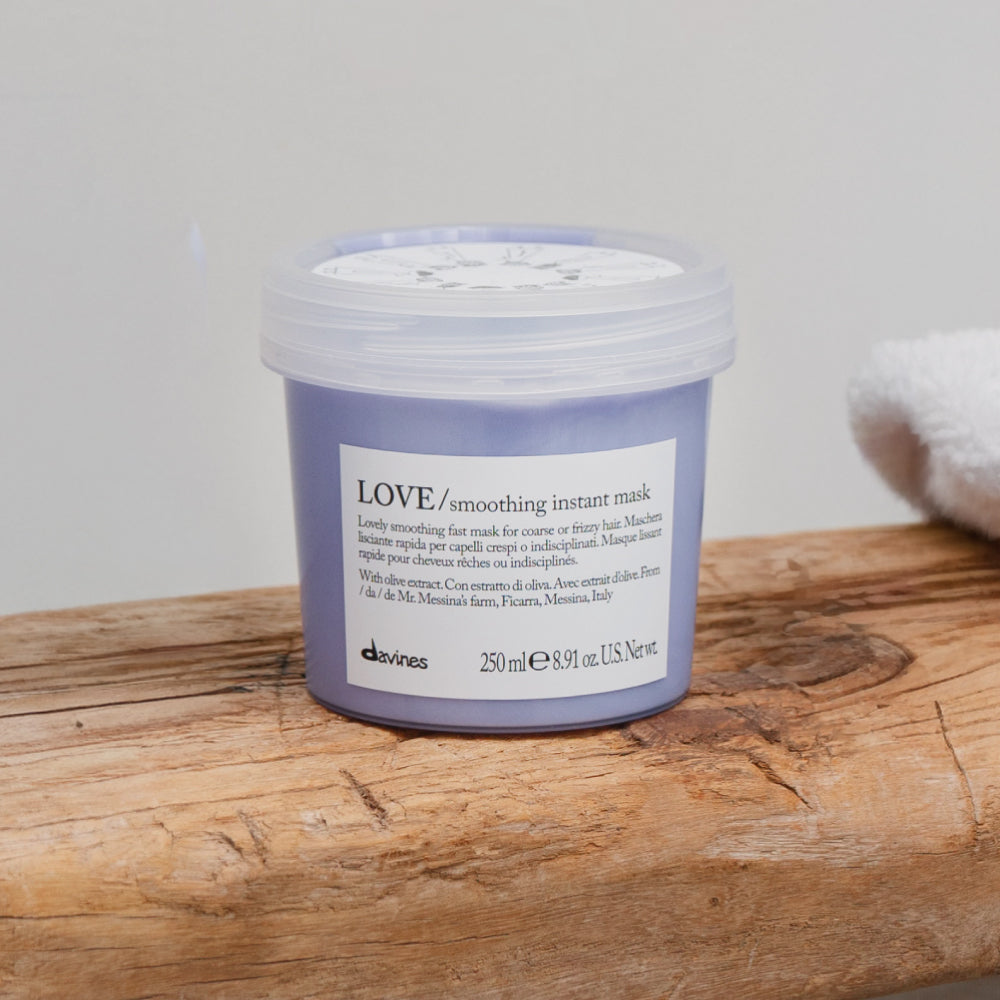A meditation practice can help reduce stress by helping you to recognize and release thoughts which are stressful and anxiety-provoking. In addition to heightening your awareness and clarity, meditation reduces your adrenaline and cortisol through regulation of the amygdala. This helps you properly assess the situation and respond accordingly. Studies show that the amygdala, where our fearful and anxious emotions live, decreases in brain cell volume after a meditation practice. Stress and anxiety result when we feel we can’t handle the pressures and adverse situations of everyday life. It’s a simple question of supply and demand of available emotional resources. It’s not about whether the perceived stressor is valid or not—we feel a responsibility to respond to all of the pressures and demands. Meditation helps you to sort out which thoughts demand our energy, attention, and emotions are valid and which are not. By using meditation techniques to train our minds, we increase our mental resources and become more capable.
We are living through a global pandemic, the first of our lifetime. It’s stressful, frightening and our nervous systems are on overload.We’re in a constant state of fight or flight. That’s why using meditation to reduce stress is essential, especially if you’re trying to live mindfully. Incorporating a daily meditation practice helps us to manage stress, and gain insight and awareness through observing our thoughts, as well as increasing our attention to others’ well-being.
by Jaclyn LaBadia, featured contributor
cover photo by Commune Yoga












Leave a comment
Comments will be approved before showing up.